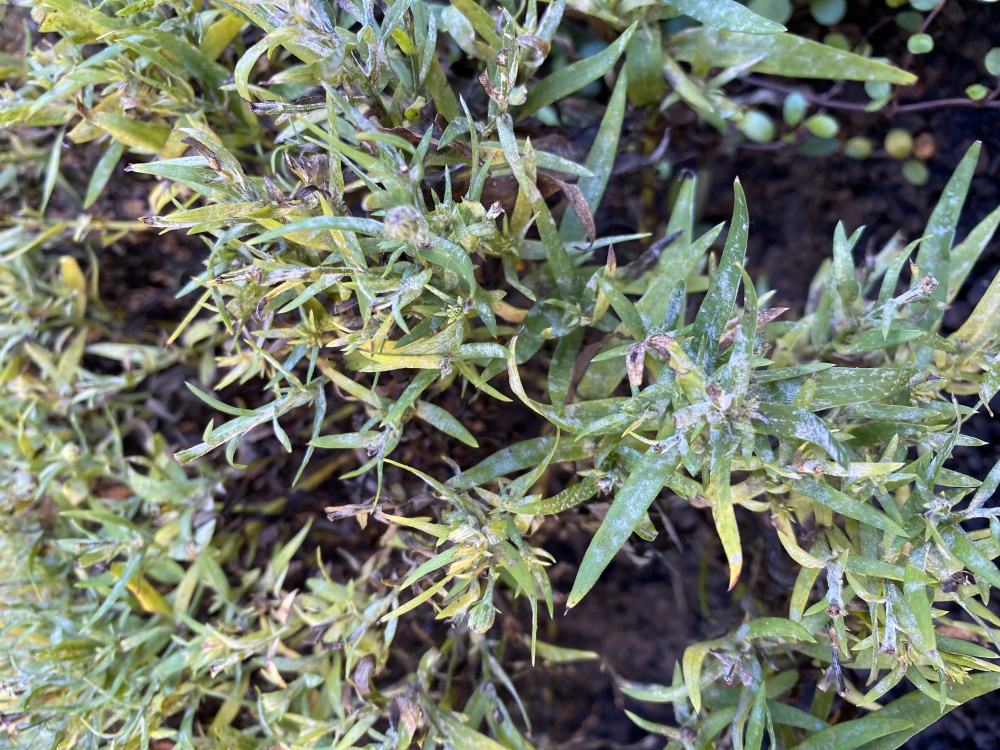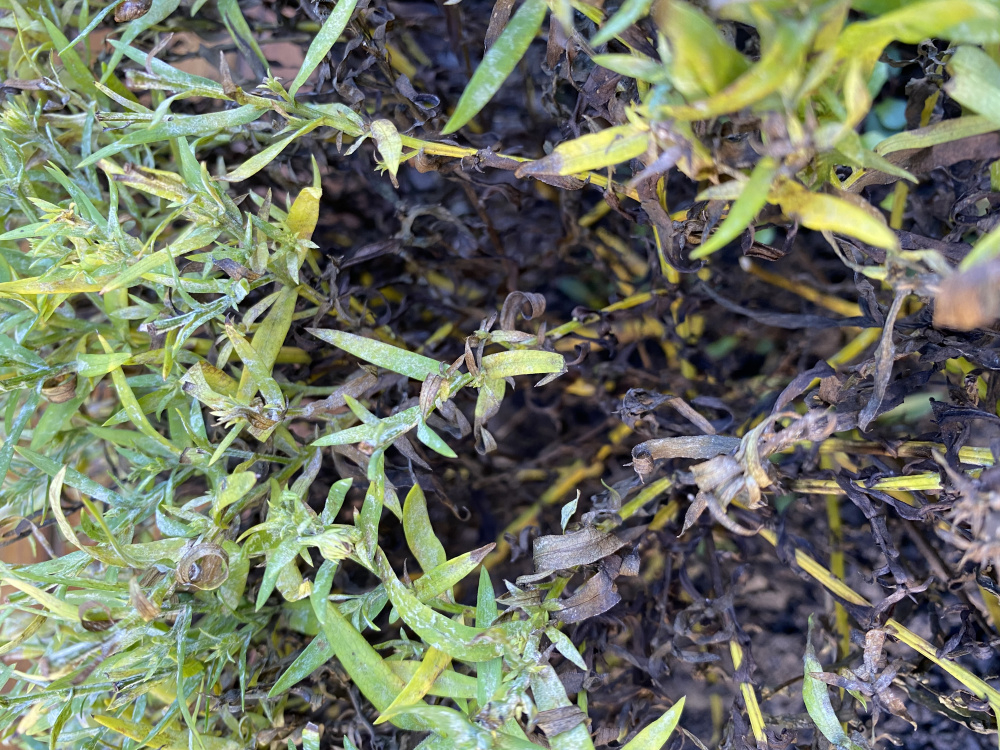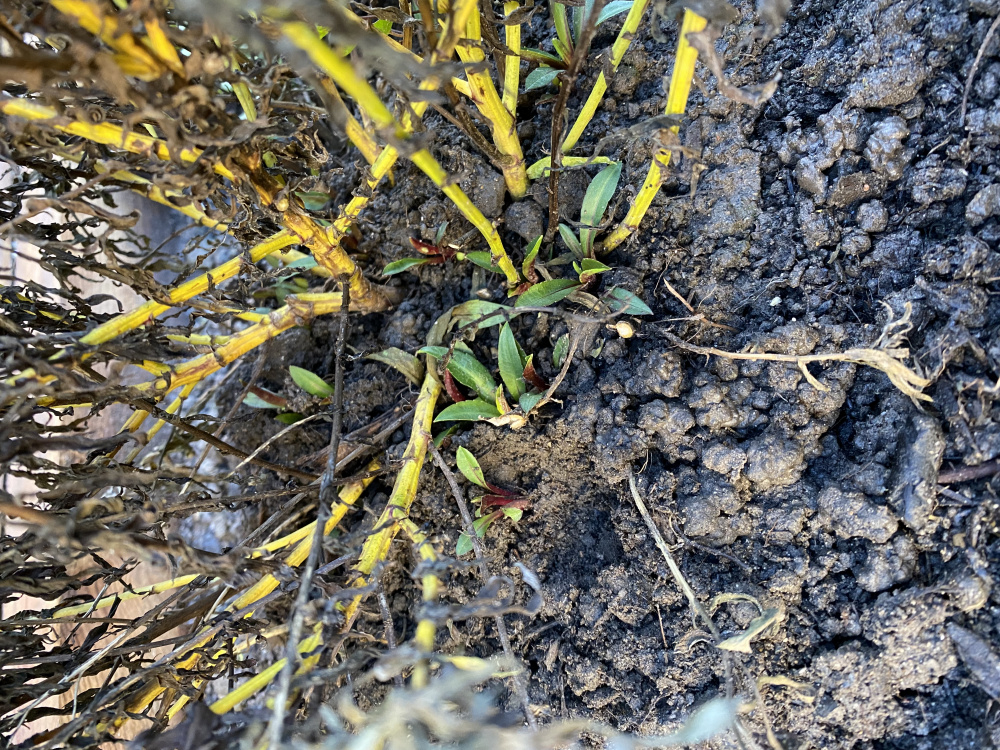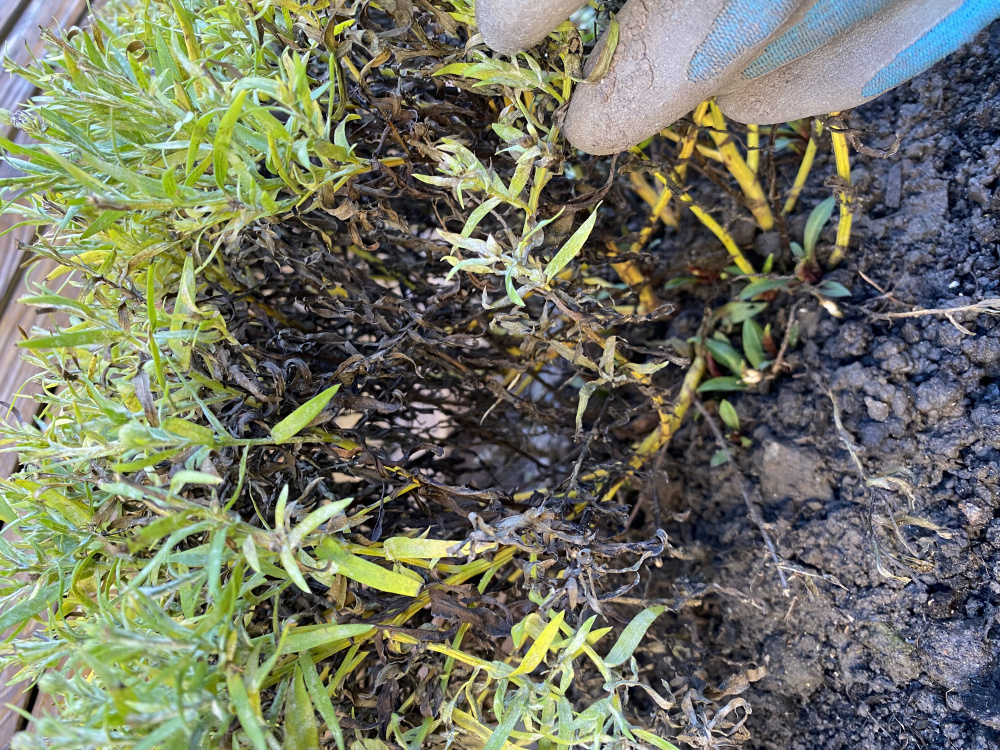This Forum will close on Wednesday 27 March, 2024. Please refer to the announcement on the Discussions page for further detail.
Should I remove my Aster?
I have this Aster having some nice blooms over Autumn. There were new blooms growing after the first wave but then one day I noted there was something like powdery mildew covering the top of the plant. The new blooms appear to have stop growing, and the inner part of the leaves and stems turn black. Some stems turn yellow. Is this normal for Aster is a deciduous plant which will lose its leaves and stems in winter, or is it dying? There has been quite a lot of rain recently. I’m not sure if there might be too much moisture stayed on the plant causing its blackening state.
(PS: I just realised when I took the photos this morning that there are some new shoots appear from the soil.)




(PS: I just realised when I took the photos this morning that there are some new shoots appear from the soil.)




0
Posts
When you don't even know who's in the team
S.Yorkshire/Derbyshire border
Some info here that you might find useful.
https://www.gardenersworld.com/how-to/grow-plants/how-to-grow-asters/
In the sticks near Peterborough
It's not bonny, but it depends on how much you see it at this time of year, as opposed to when it's in full flow, and whether you think it's worth persevering with. I'm like @nutcutlet - if something isn't doing the job I want, it gets chucked.
It's a hard school here...
I live in west central Scotland - not where that photo is...